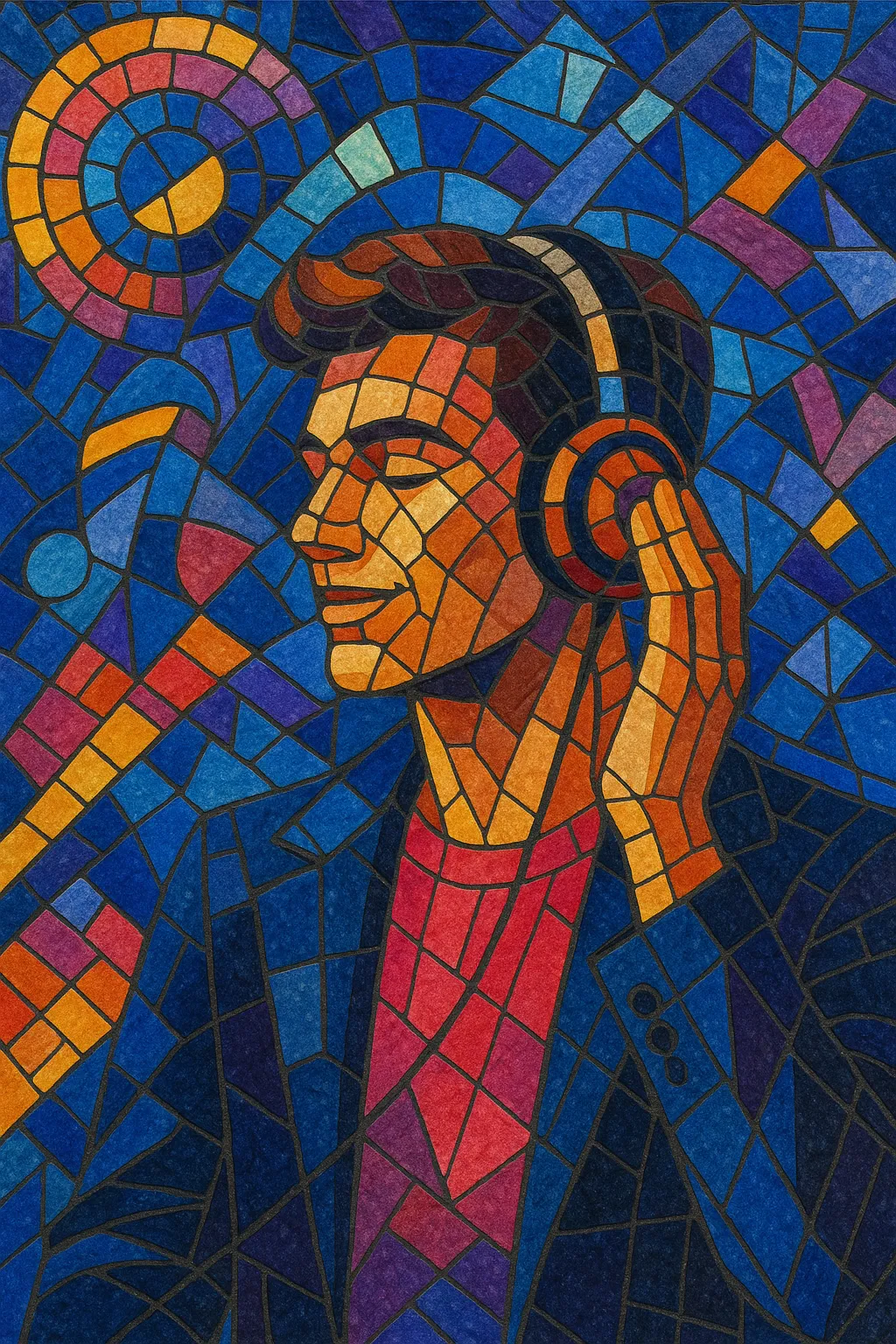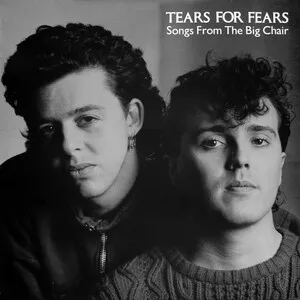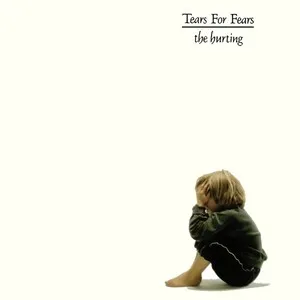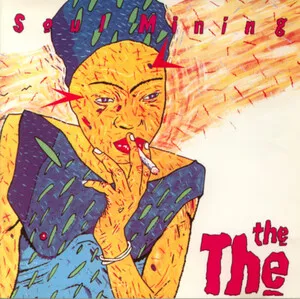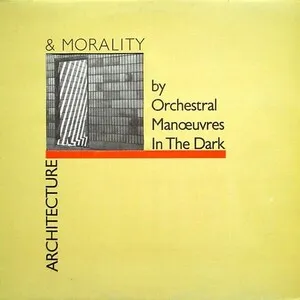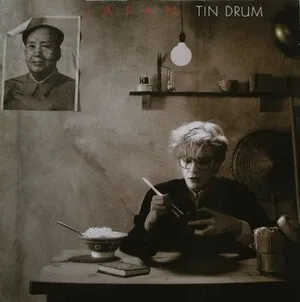New Pop is a UK-led early‑1980s movement in which post‑punk and new wave artists embraced chart ambition, hook‑forward songwriting, and glossy studio production without abandoning modernist sensibilities.
It fuses danceable rhythms (often disco‑derived), synth-driven textures, clean guitar, and soul/funk inflections with memorable choruses and sharp, fashion‑conscious presentation—perfectly adapted to the emerging MTV era. Compared with raw punk and austere post‑punk, New Pop emphasizes sophistication, melody, and studio sheen while keeping an art‑school edge.
The term was used by critics to describe the shift of adventurous late‑’70s musicians toward mainstream pop forms, defining much of the UK’s early‑to‑mid‑’80s singles landscape.
In the wake of punk’s first wave, many UK artists moved from post‑punk experimentation toward a brighter, more melodic idiom. Critics dubbed this shift “New Pop,” capturing how art‑school ideas and punk’s DIY ethos were applied to concise, radio‑ready songs. Early signposts included singles by The Human League, Scritti Politti, and ABC, who folded synths, funk basslines, and sleek arrangement into pop forms.
The launch of MTV amplified New Pop’s fusion of sound and image. UK acts—Duran Duran, Culture Club, Eurythmics, Spandau Ballet, Soft Cell—used vivid visuals and high‑gloss production to conquer international charts. The movement’s sonic palette—LinnDrum/gated‑reverb drums, analog and early digital synths, clean rhythm guitar, sax flourishes—became a defining sound of the era. Its songwriting favored big hooks, middle‑eights, and memorable synth motifs.
As New Pop dominated radio, some bands grew toward sophisti‑pop and adult contemporary stylings (lush chords, jazz‑tinged harmony), while others folded in stadium‑sized rock dynamics or more electronic dance grooves. The movement’s studio craft and hook sensibility filtered into mainstream dance‑pop and electropop worldwide.
New Pop proved that post‑punk modernism and mass appeal could coexist, shaping the trajectory of dance‑pop, electropop, and later waves of teen‑oriented pop. Its emphasis on strong singles, image, and production finesse remains a blueprint for contemporary pop artists.

